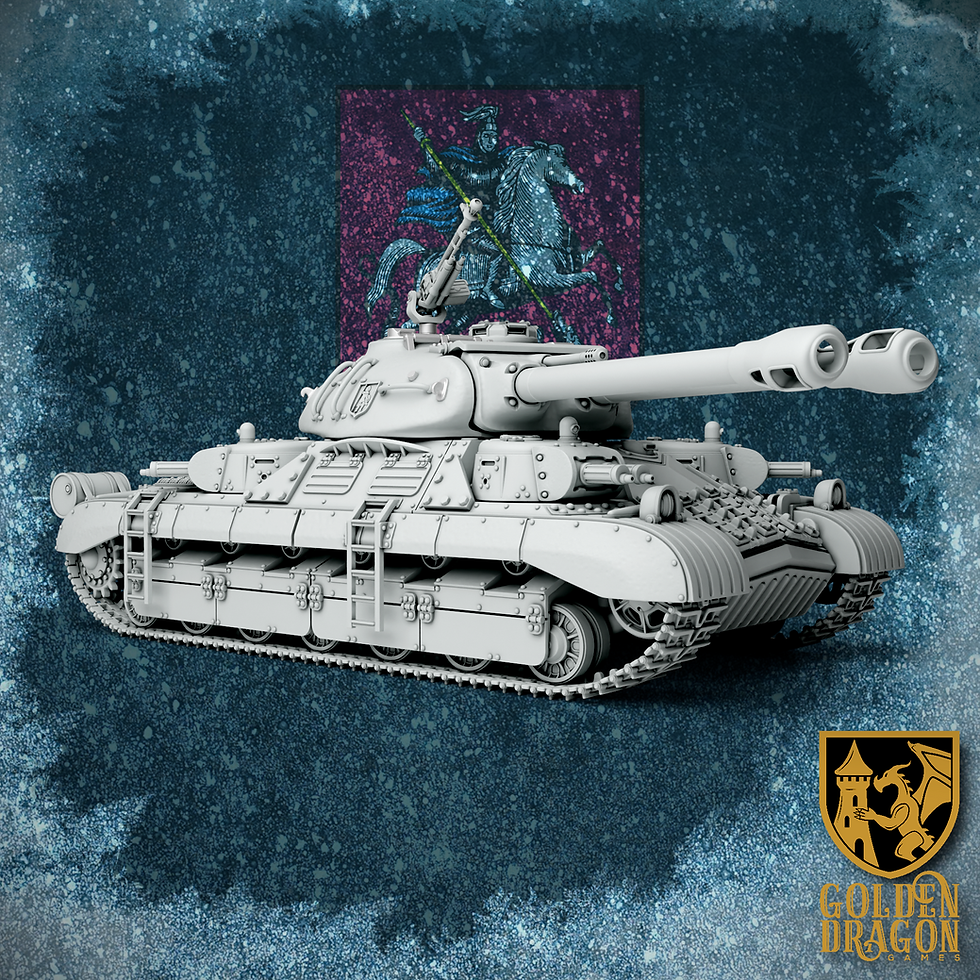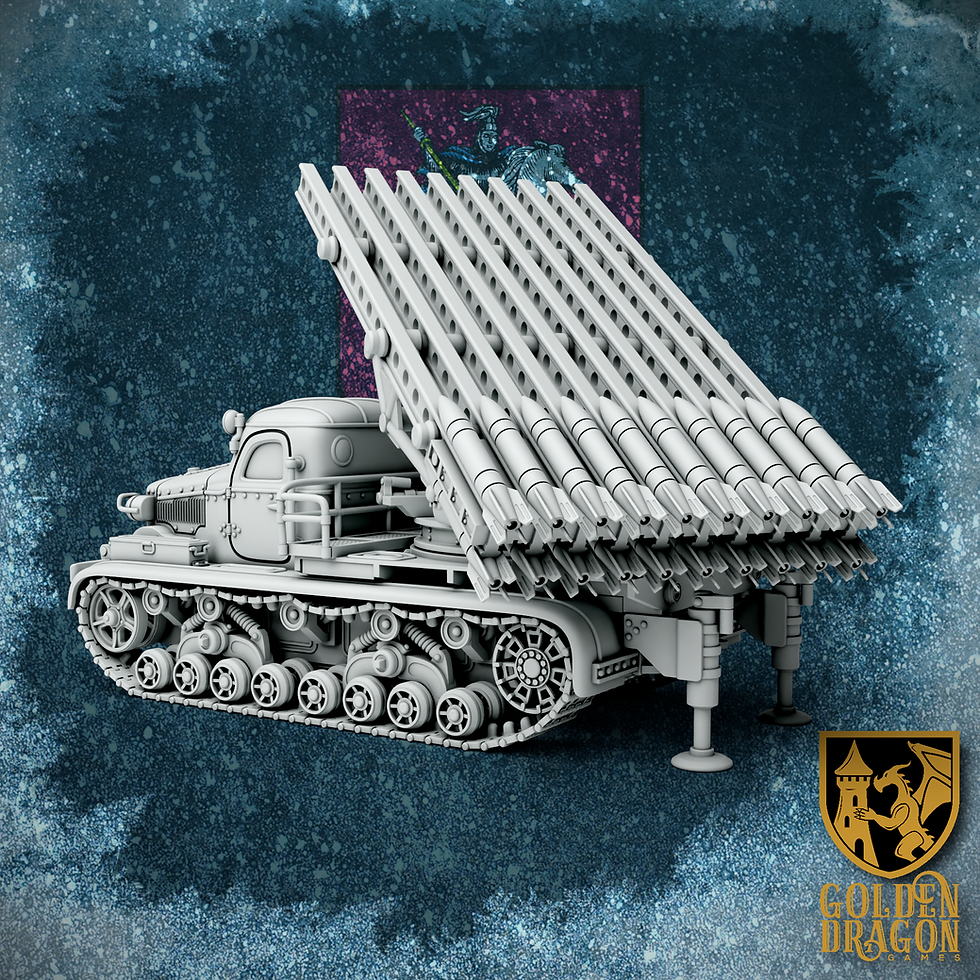Zetak Carnotaurus
£16.00
Carnotaurus lived in South America during the Late Cretaceous Period approximately 71 to 69 Million years ago. It was discovered in 1984 and described in 1985. Carnotaurus was a significant discovery as it had a large number of fossilized skin impressions, allowing scientists to get a good idea as to what Carnotaurus’ skin may have looked like. Most reconstructions portray Carnotaurus as fairly scaly and well armored. It is unknown if it possessed any kind of feathering due to the lack of feather, quill, or fibre impressions.
Carnotaurus was named after its most distinguishing feature: the pair of keratinous horns that jut out from the top of its head. Scientists are unsure about what the Carnotaurus may have used its horns for with prevailing theories suggesting they have been used for display, interspecies sparring, or as goring weapons.
Carnotaurus was an excellent pursuit hunter, meaning that it can chase down its prey with great speed and relative ease. To achieve this enhanced speed, Carnotaurus had an incredibly stiff tail, which helped anchor its leg muscles. Although Carnotaurus was quite the speedster, this stiff tail also had its own shortcomings. It was unable to perform any tight turns and only really run in straight lines or make very gradual turns.
The Carnotaurus of Petrel’s Paradise possess a truly remarkable and unsettling ability, courtesy of the genetic manipulation by Dr. Albert Crane! Its skin contains chromatophores that allow it to change the color of its skins and seamlessly blend into its surroundings. With this camouflaging ability, Carnotaurus hunts in heavily shaded areas, dense jungles, or under the cover of night to become an invisible killer. Their camouflage can only be disrupted by shining a beam of light on it.
This pack contains...
1x Carnotaurus
Quantity
NOTE!
This model will come scaled to tabletop 28/32mm standard. It will be posted unpainted and unassembled.
All models are printed in a high 12K resin quality.
All models have had their supports removed. They have been washed and cured and are ready to prime and paint.
However, some supports may still be left and it may require minor cleanup.































